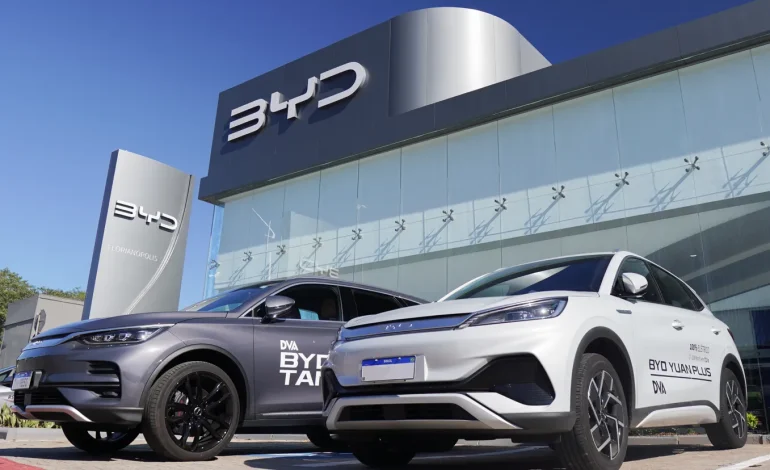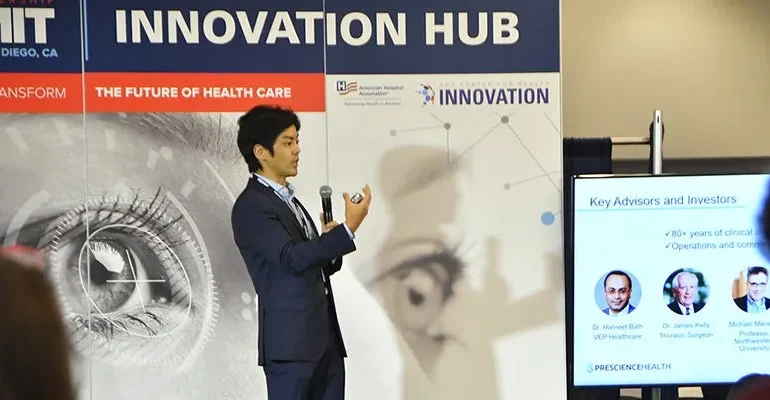Electric Vehicle Boom: BYD and NIO Target European Market Dominance

Introduction
China’s electric vehicle (EV) sector is experiencing a rapid expansion, with companies like BYD and NIO aiming to capture significant market share in Europe. Driven by technological innovation, government support, and strong domestic demand, Chinese EV manufacturers are now leveraging strategic partnerships, advanced battery technology, and AI-enabled features to compete globally. This expansion highlights China’s ambition to become a leading player in the international EV market while supporting its broader green and digital economy goals.
Government Support and Policy Framework
China’s central and local governments have provided strong policy support for EV production and export. Incentives include subsidies for EV R&D, tax benefits for manufacturers, and infrastructure investments such as charging networks and battery recycling facilities. The “Made in China 2025” initiative emphasizes electric and autonomous vehicles as strategic industries, promoting global competitiveness.
Domestic Policy Measures
- Financial incentives for battery innovation and lightweight materials.
- Support for AI-enabled vehicle systems, including autonomous driving.
- Promotion of international partnerships and export-oriented strategies.
Impact on Manufacturers
BYD and NIO have benefited from these measures, achieving rapid domestic market penetration and increasing production capacity to meet both local and European demand.
Market Dynamics and Competitive Edge
Chinese EV companies leverage competitive pricing, advanced battery technologies, and AI-driven features to gain market share in Europe. BYD’s Blade Battery technology offers higher energy density and safety, while NIO’s autonomous driving systems provide enhanced user experience. Combined with agile supply chains and scalable manufacturing, these advantages position Chinese EVs to compete with established European brands.
Market Performance
- BYD sales in Europe rose 40 percent year-on-year in Q2 2025.
- NIO’s European deliveries increased 35 percent, reflecting growing brand recognition and demand.
- Combined, BYD and NIO hold an estimated 8–10 percent of the European EV market in 2025, with projections suggesting continued growth.
Technological Innovations
Battery management systems, AI-assisted navigation, and predictive maintenance models are key differentiators. AI integration in vehicle operations enhances safety, efficiency, and user experience, attracting environmentally conscious and tech-savvy consumers.
Strategic Partnerships and Supply Chains
Expansion into Europe involves collaboration with local distributors, logistics partners, and technology providers. BYD and NIO are establishing European R&D centers to adapt vehicles to local regulatory standards and consumer preferences. Partnerships with European battery suppliers and AI software companies ensure technology compatibility and production scalability.
Cross-Border Investment
Chinese EV firms are investing in European production facilities and service centers, creating jobs and enhancing market responsiveness. Investment in localized battery assembly, software customization, and after-sales services strengthens competitive positioning.
Logistics and Infrastructure
Smart logistics networks and AI-driven inventory management support timely delivery and reduce operational costs. Integration with European charging networks ensures customer convenience and brand adoption.
Consumer Adoption and Market Trends
European consumers are increasingly embracing EVs due to government incentives, environmental awareness, and the growing availability of reliable and feature-rich vehicles. BYD and NIO’s focus on safety, range, and smart features aligns with consumer expectations, driving rapid adoption.
Demand Drivers
- Green energy policies and subsidies for EV purchases.
- Rising oil prices and urban congestion encourage electric mobility.
- Technological features such as AI-assisted driving, remote updates, and connected services.
Competitive Response
European incumbents are investing in similar technologies, creating a competitive landscape that drives innovation and accelerates market growth. Chinese EVs maintain a cost and technology advantage, strengthening their positioning.
Global and Regional Context
China’s EV expansion into Europe reflects broader strategic ambitions. By exporting vehicles and technology, China strengthens its global industrial footprint and fosters technological influence. Regional collaboration with European cities on charging infrastructure, smart traffic management, and urban mobility further embeds Chinese technology solutions.
Trade and Investment Implications
- Increased bilateral trade in vehicles, batteries, and AI technologies.
- Development of shared standards for vehicle connectivity and charging infrastructure.
- Promotion of green industrial collaboration, enhancing sustainable growth.
Alignment with Innovation Trends
EV adoption supports digital and AI integration, modular finance solutions for fleet management, and cross-border investment flows aligned with China’s broader fintech ecosystem.
Outlook 2030
By 2030, BYD and NIO aim to achieve significant market penetration in Europe, with estimated shares of 15–20 percent in key countries. Continued technological innovation, localized production, and AI integration will solidify their competitive edge. The expansion also supports China’s strategic objectives in green mobility, industrial modernization, and global technology influence.

Conclusion
The electric vehicle boom led by BYD and NIO demonstrates China’s ability to compete globally in high-tech manufacturing. Government support, innovation in battery and AI systems, and strategic European partnerships are driving adoption and market growth. As Chinese EVs expand their footprint, they contribute to sustainable mobility, digital integration, and cross-border industrial collaboration, underscoring China’s growing influence in global technology and economic systems.






